Market Share
Automotive Airbag Fabric Market Share Analysis
The automotive airbag fabric industry employs various market share positioning strategies to establish a strong presence in the competitive automotive safety sector. One fundamental approach involves product innovation and differentiation. Companies within this sector continually invest in research and development to create advanced airbag fabrics that meet or exceed safety standards. By offering unique features, such as enhanced durability, weight reduction, and improved compatibility with diverse vehicle designs, companies can carve out a niche for themselves and attract manufacturers seeking cutting-edge safety solutions.
Geographic positioning is another key strategy in the automotive airbag fabric sector. Manufacturers strategically focus on regions with high automotive production and stringent safety regulations. This targeted approach ensures that they are aligned with the demand from major automotive markets, allowing them to concentrate resources efficiently. Additionally, proximity to automotive manufacturers facilitates quicker response times, reduced shipping costs, and closer collaboration, all of which contribute to a stronger market position.
Collaboration and partnerships play a pivotal role in shaping the market share of automotive airbag fabric companies. By establishing strong relationships with automobile manufacturers, suppliers, and research institutions, these companies can gain valuable insights into industry trends and emerging safety requirements. Collaborative efforts also enable them to integrate seamlessly into the automotive supply chain, ensuring a steady flow of business and a secure market position.
Strategic pricing is an essential aspect of market share positioning in the automotive airbag fabric industry. Companies must strike a balance between offering competitive prices and maintaining product quality. Strategic pricing not only attracts cost-conscious manufacturers but also positions the company as a reliable and value-driven supplier. Developing flexible pricing models that cater to the diverse needs of automotive manufacturers further strengthens a company's market share position.
Investing in brand reputation and certifications is crucial for automotive airbag fabric manufacturers. As safety is a paramount concern in the automotive industry, establishing a trustworthy and reliable brand image is essential. Attaining industry certifications and adhering to global safety standards enhances a company's credibility, fostering trust among manufacturers and end consumers. A positive brand reputation becomes a powerful asset in a market where safety is non-negotiable.
Adaptability to technological advancements is a continuous strategy employed by automotive airbag fabric companies. With the automotive industry experiencing rapid technological evolution, manufacturers in this sector must stay ahead of the curve. Integrating smart technologies, such as sensors and connectivity features, into airbag fabrics aligns with the broader trend of vehicle automation and connectivity. This adaptability not only meets evolving safety standards but also positions the company as a forward-thinking and innovative player in the market.
In summary, the market share positioning strategies of automotive airbag fabric companies involve product innovation, geographic focus, collaboration, strategic pricing, brand reputation, and adaptability to technological advancements. By integrating these elements into their business strategies, companies in this sector aim to secure a strong and sustainable position in the competitive landscape of automotive safety. As safety regulations continue to evolve and consumer awareness grows, these strategies will remain crucial for maintaining and expanding market share in the automotive airbag fabric industry.

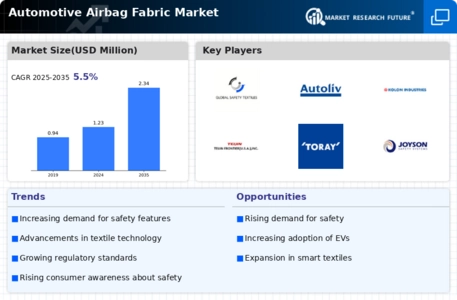
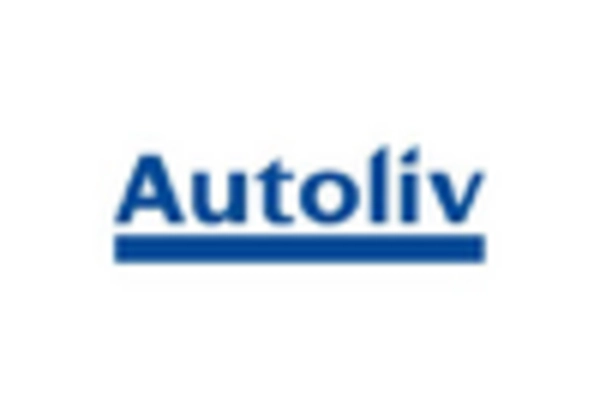
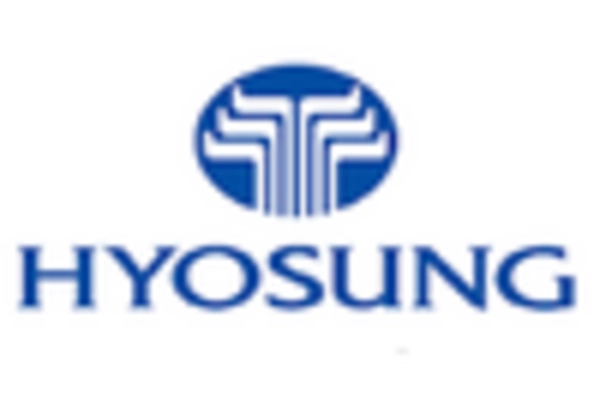

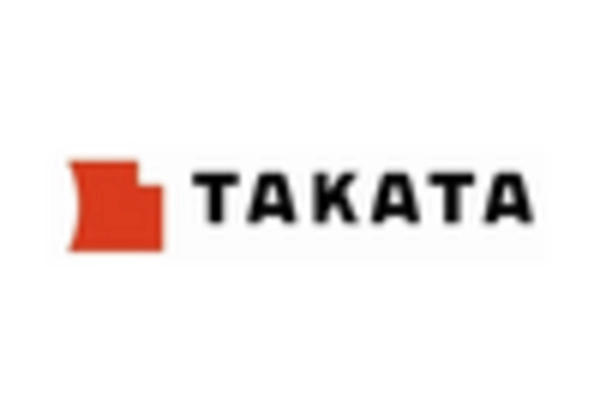

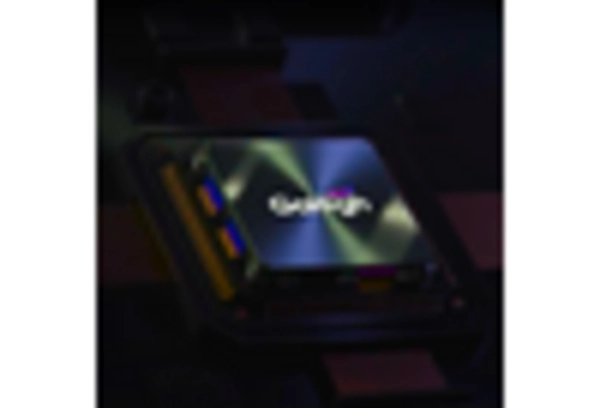









Leave a Comment